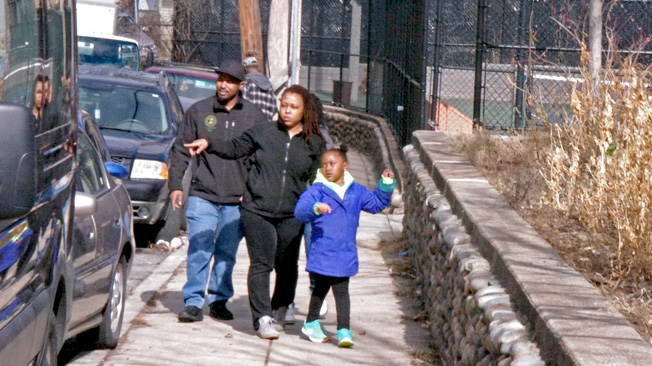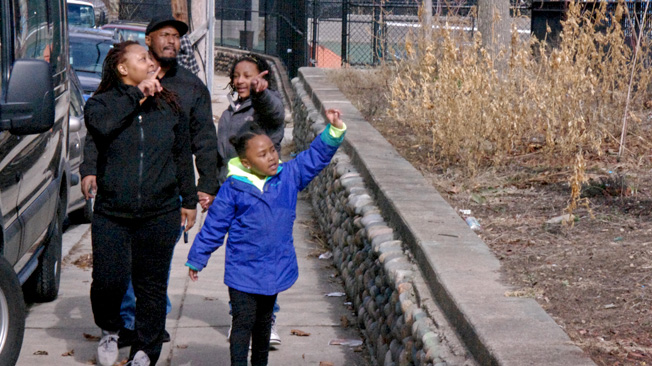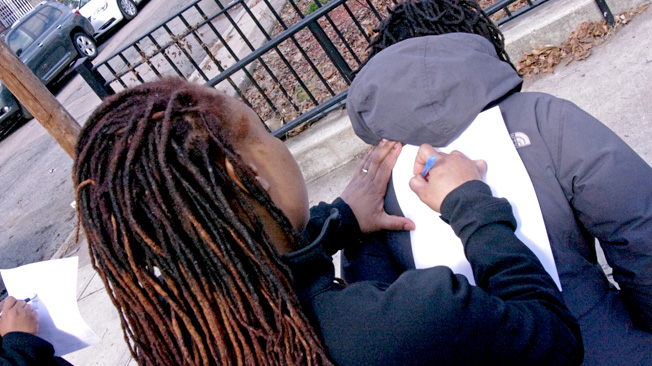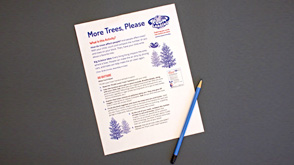More Trees, Please
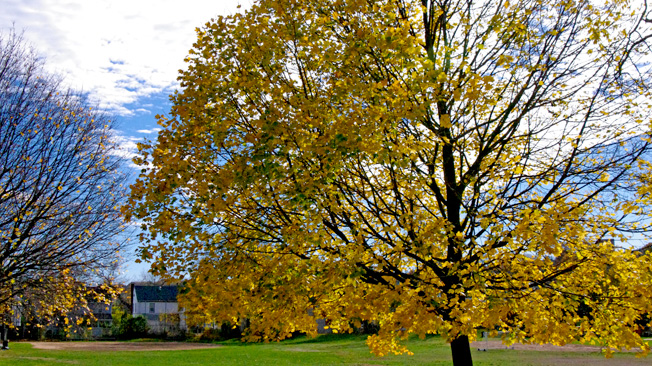
What Is This Activity?
How do trees affect people? And people affect trees? With your child, count and compare the number of cars and trees on your block. Then have your child write about a favorite tree.
Introduction
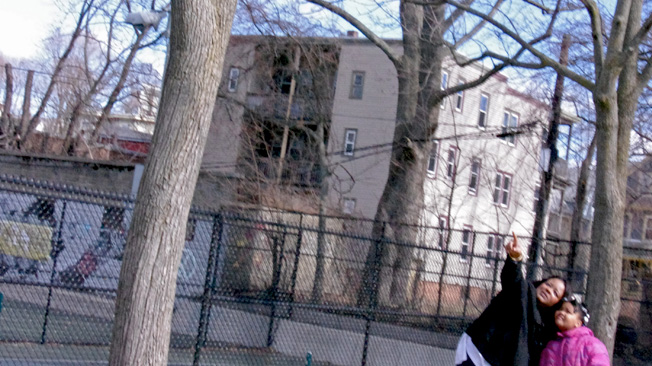
Big Science Ideas
- Big Science Idea: Every living thing impacts the area where it lives. People can make the air dirty by driving cars, and trees can help make the air clean again.
Go Outside 45 minutes
- Read the "PLUM Loves Trees" handout with your child.
- Take the handout and a pen or pencil outside. Breathe deeply, along with your child. Ask: What does your neighborhood smell like? What are some good and bad smells? What things make the air in a city or a town smell dirty? (Exhaust from cars and trucks, cigarette or cigar smoke, burning wood, oil or gas to heat homes, factory smokestacks, etc.)
- Explain that trees remove air pollution (harmful stuff in the air). They also give off oxygen, making the air cleaner to breathe. Ask: Do you think there are more trees or more cars on your block?
- Circle the block together and count the trees and cars both parked and in motion. Make a mark on the back of the handout for each one you see. If you come to a place with too many items to count (e.g., a parking garage or a large park), help your child estimate the number.
- For older or more mature children: Have them track big and small trucks, buses, motorbikes, and motorcycles. They will compare them later.
- At the end of your walk, compare the number of trees to cars. Explain that roughly 10 trees can absorb the air pollution that one car produces in one year (about 10,000 miles of driving). Ask: Are there 10 times more trees than cars and trucks on your block?
- For older children or more mature children: Have them categorize and compare the vehicles. How many big trucks? Do big buses add to or reduce overall air pollution? Why?
- Discuss: How else do trees make cities and towns better?
Explore Some More
Report a Tree
Check out Project BudBurst, a national effort to survey trees and other plants. Citizens report when local tree leaves bud in spring, when flowers bloom, when fruit or nuts appear, and when leaves change color in the fall. Visit the website to identify deciduous (leaf-dropping) trees that you saw on your block walk.
Adopt a Local Tree
Encourage your child to "adopt" a favorite tree on your block by visiting it regularly and noting changes over the weeks and months. Your child might want to write a poem, a thank-you note, or a song about this tree and draw a picture. See what other kids wrote and drew on the Plum Landing "Backyard Mission."
Cities vs. Plants Song
Watch this short video with a song about how big cities replace forests and fields with buildings and concrete and how city plants fight back—by finding surprising places to sprout.
Go Plant a Tree
Watch this short video and discuss: What are some places in your neighborhood where you could plant trees? How would those trees make the area a better place for animals, including people?
Outdoor Family Fun with Plum App
This app gets families outdoors exploring the world. Every day, the app offers five outdoor missions to get everyone thinking and talking about nature and the science that's all around us.

